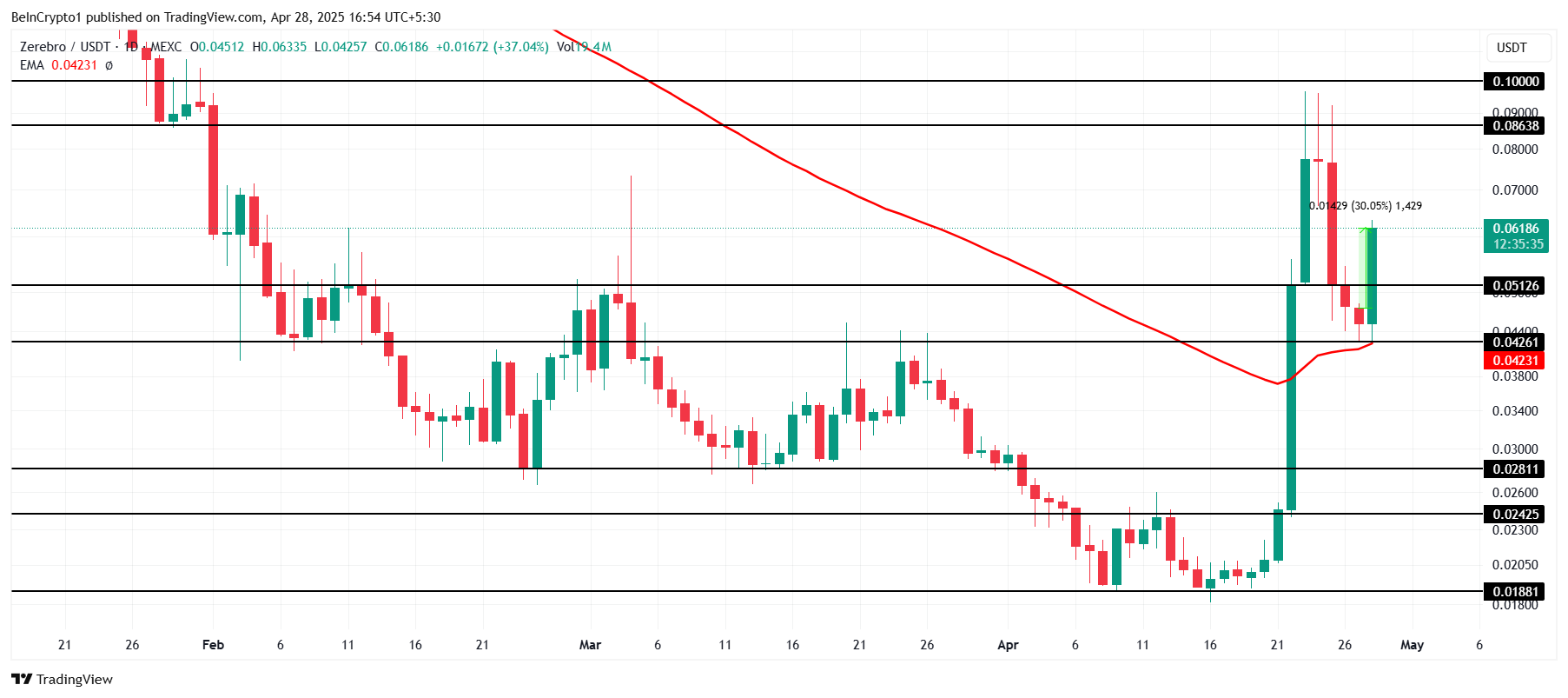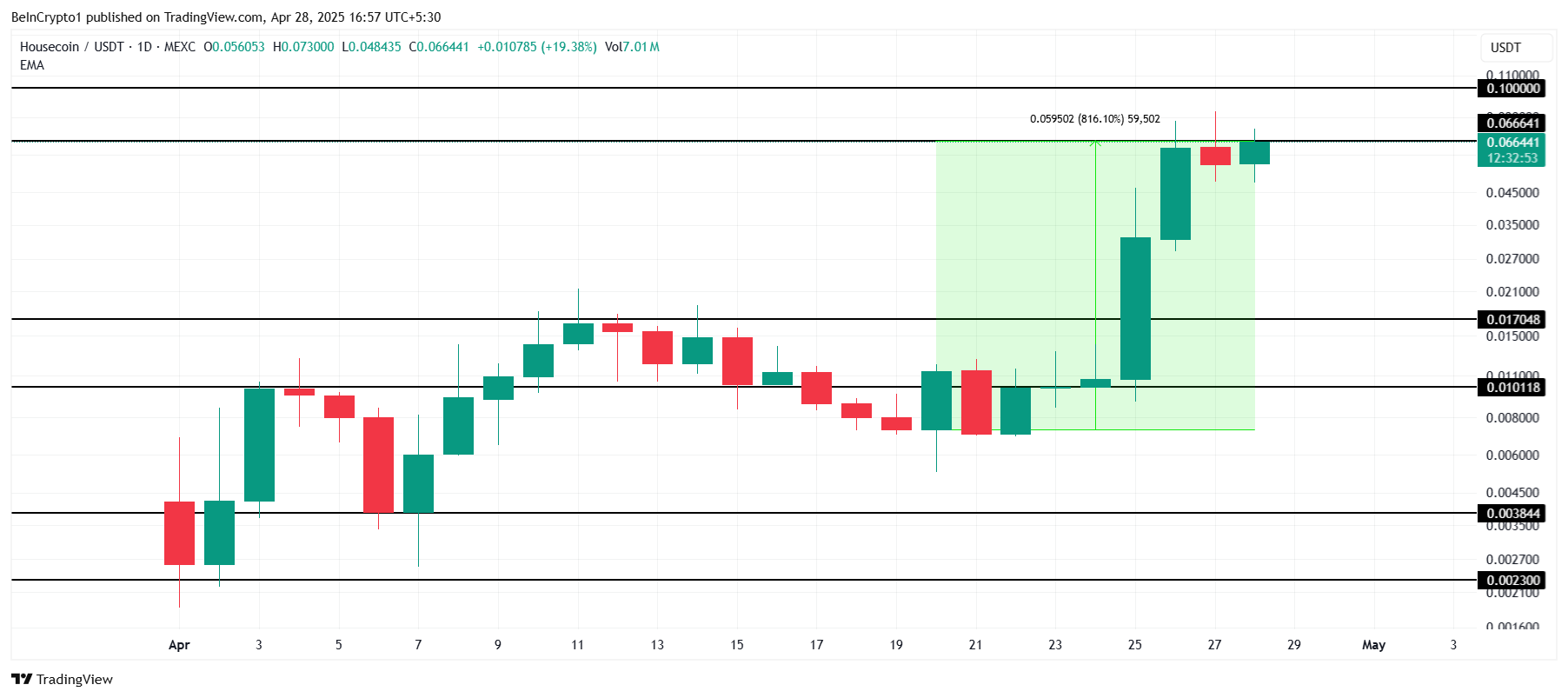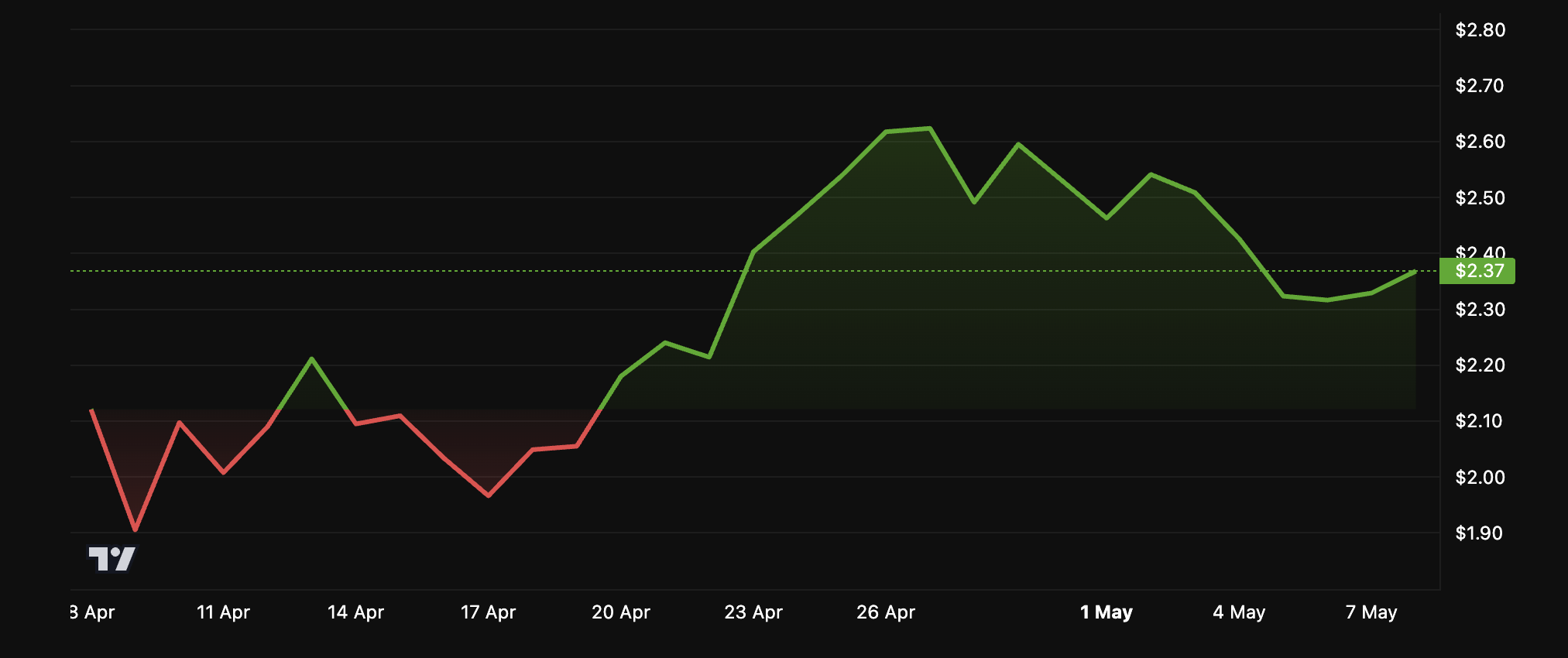Coinbase CEO Brian Armstrong triggered a bomb squad response this week after receiving a suspicious package at home.
The scare came amid a surge in crime targeting crypto investors and industry billionaires.
Crypto Kidnapping Cases Are Making CEOs Nervous
The Coinbase CEO shared the incident in a post on X (Twitter), reporting what would have otherwise added to the growing list of crimes targeting crypto billionaires.
A delivery to Brian Armstrong’s house alarmed his security guards as its packaging was rather suspicious.
“A white unmarked van pulled up to my house yesterday and dropped off a mysterious package,” Armstrong posted on X.
Armstrong was out of town at the time. However, as is expected for deliveries to high-profile individuals, his guards at the gate x-rayed the package, and the results prompted a security alert.
The X-ray reportedly showed that the package contained a battery, wires, and a cylinder, components typical of a bomb.

The means of delivery, a white unmarked van, likely added to the suspicion. What was meant to impress ended up alarming instead.
Based on this, the security team called the bomb squad to investigate, citing questionable packaging complete with electronics.
Given the rise in crypto-related crime, where bad actors target investors and billionaires holding digital assets, this was a legitimate concern from Armstrong’s security detail.
While the foresight was well-informed, the item was ultimately identified as a promotional bottle of tequila from The All-In Podcast, marking an interesting twist.
“In the end they discovered it was a gift from The All-In Podcast guys of their new tequila! I think I will be giving this bottle to my security team for keeping us safe every day,” Armstrong said.
Marketing or Full-Scale Bomb Scare?
Against this backdrop, Armstrong directed interested or prospective buyers to the sender’s website to place orders for a bottle of tequila whose packaging mimics the appearance of an improvised device.
Meanwhile, crypto Twitter reacted with shock, humor, and confusion as the unusual packaging turned heads.
“Genuinely terrifying until I got to the gift part. Glad you’re safe,” one user replied.
Others were more skeptical, calling for an explanation about the use and purpose of the battery and wires.
While ending on a light note, the incident highlights ongoing safety concerns within the crypto industry. Armstrong’s high-profile status undoubtedly makes him a potential target, and recent events serve as good precedent.
Barely a week ago, BeInCrypto reported that a crypto billionaire in Estonia fought off kidnappers, ultimately biting off one attacker’s finger during the attempted abduction.
Other incidents include the kidnapping of two Russian crypto entrepreneurs in Buenos Aires, with criminals demanding $43,000 in ransom paid in crypto.
The surge in threats, especially in regions like France, has triggered global concern. In Paris, security professionals warned that crypto’s increasing visibility is attracting organized crime at an alarming rate.
Elaborate scams, extortion attempts, and physical threats are potential dangers as the surge in crypto wealth increasingly makes industry leaders possible targets.
The All-In podcast has yet to comment on the packaging choice publicly.
The post Coinbase CEO Calls the Bomb Squad for a Surprising Gift appeared first on BeInCrypto.










